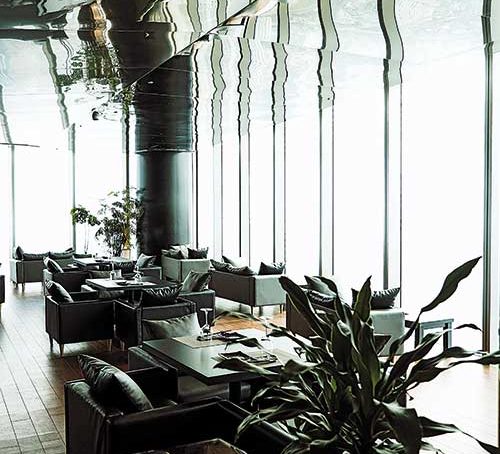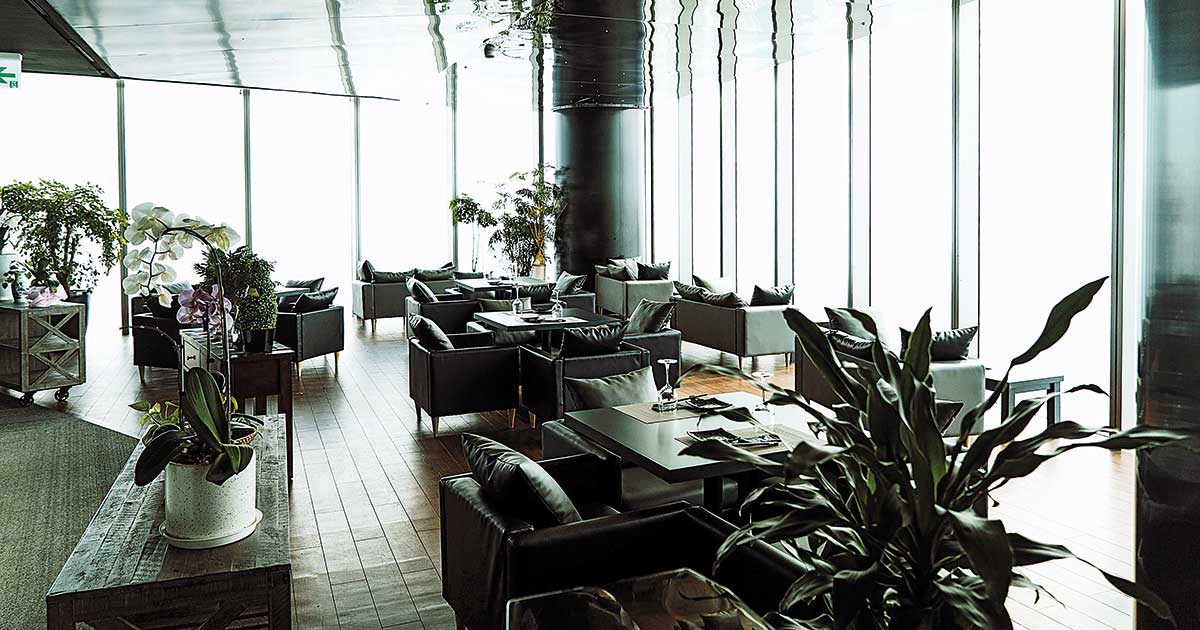A couple of decades ago, a hotel restaurant was often little more than a pass-through for guests and an unlikely eatery choice for locals. The general perception was that restaurants located within hotels were conservative, overpriced and underwhelming, available solely as an option for travelers that didn’t want to go out. Chirine Salha, senior consultant at Ulysses Consulting, gives us the rundown on the latest developments in a highly contested part of hotel management


Step back a few years and travelers may well have felt that eating at their hotel was a functional experience at best and a wasted opportunity at worst. F&B options were little more than an afterthought for hotels, seen as a necessary amenity for qualifying in a star rating system.
But as food becomes a bigger factor in hospitality, this stigma is disappearing, with restaurants now being acknowledged as an important dimension in the overall hotel experience. Take Asia, India and the Gulf for example; here, F&B generates as much as 40 percent of all revenues and can make a hotel really stand out.
F&B options today can be a legitimate reason for selecting a particular hotel and a reason for returning to stay at that same property. A good F&B program helps build a solid hotel reputation and create an echo, especially with travelers raving about a meal they had at their hotel of choice and instagramming it.
So what is involved in managing the hotel restaurant as a competitive differentiator to drive unique and memorable guest experiences? Let’s start with the popular F&B options in hotels:
The coffee shop
One of the biggest movements in hotel trends has been taking the lobby space up a notch. Through F&B, lifeless lobbies are being transformed into dynamic hubs, rich in sensory stimulation that can come in the form of an amazing Matcha latte in the coffee shop, for example.
Today, coffee shops serve as an all-purpose restaurant. With remote working on the rise, a good hotel coffee shop makes for a great spot to work, not only for hotel guests but even attracting locals.
Strategic alliances and gastronomic branding
Another way we’ve seen hotel restaurants succeed is by partnering with well-known restaurant operators or celebrity chefs. There’s no denying that gastronomic branding raises the attractiveness of a hotel, its restaurants and the broader destination. Hotels have felt the value of bringing in experienced groups like Culinary Concepts by Jean George.
Differentiation, experiential yet local
Multi-cuisine restaurants in hotels are the latest trend. Hotel guests staying several nights expect variety and are keen to seek out opportunities to try local flavors as well. The best hotel restaurants draw from the locale and if done well, these venues can also attract the local crowd and become the go-to place for people to hold celebratory events, such as birthdays and anniversaries.
The biggest challenge, however, is to find a formula that allows the restaurant to successfully transition through three meal periods a day and ensure every aspect of the restaurant is unique. One size does not fit all, hence, finding ways to create distinctions between the different meal periods is crucial, essentially creating three restaurants under one roof.
Autonomy: a restaurant that just happens to be in a hotel
For the hotel F&B project to be a successful venture, the restaurant must operate as a separate entity, especially if it is to go up against the local competition. It should be run as if it is a free-standing restaurant that just happens to be in a hotel. This can be achieved by investing in a side external entrance if need be, with the concept standing on its own as a chef-centered outlet, given its own pool of marketing funds. Managing the restaurant as a separate identity also ensures the restaurant doesn’t suffer from lengthy hotel decision-making in areas such as recruitment processes.
Banqueting and events
Banqueting and events is a key area of hotel F&B operations. Banquets and meeting breaks have evolved from predictable self-service buffets using chafing dishes on linen-clothed tables into casual, mobile and highly social environments with high interaction among attendees and chefs. Live food stations are now the norm as opposed to a novelty, with the focus on à la minute preparation, inventive menus, trending flavors and small-plated food to facilitate mingling.
Grab-n-Go areas and a happening bar
Other areas that are today enjoying more focus at hotels include grab-n-go concepts, such as lobby pantries and kiosks, breakfast areas, bars and guest lounges that help create a unique amenity for VIP guests. In recent years, rooftop bars have witnessed a phenomenal rise in popularity and a must-have for many.
Culinary destination trending
People are going to seek out the best eats at culinary destinations. These can be hotels that people travel to because of their exciting F&B offerings, such as Las Vegas’s Nobu Hotel, where guests organize their entire trip around that specific dining experience at what is the largest Nobu restaurant in the world. Another such culinary destination is the Epicurean Hotel in Tampa, Florida, a hotel based entirely around food, with cooking classes and a food-centric spa.
With the exception of traditional areas such as minibars and room service, which are being de-emphasized in many hotels, judiciously selected and managed F&B options in lodging institutes are going to play an increasingly important role in the future of travel mapping.

Chirine Salha
Senior Consultant
Ulysses Consulting
“For the hotel F&B project to be a successful venture, the restaurant must operate as a separate entity”
















